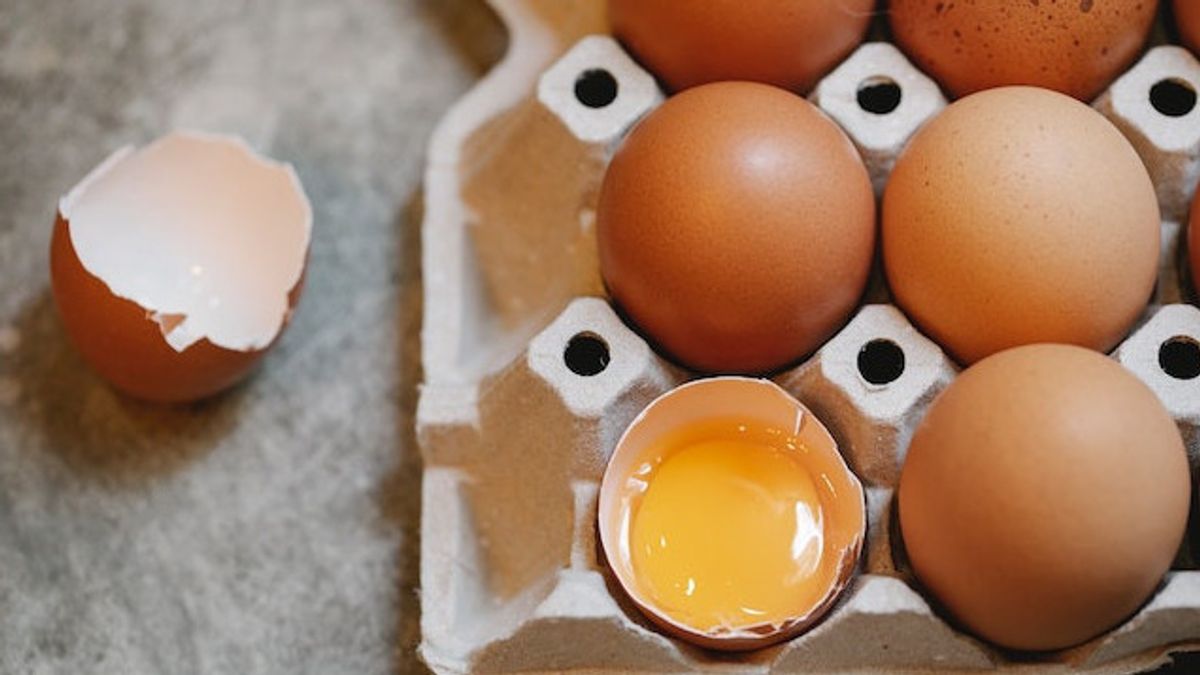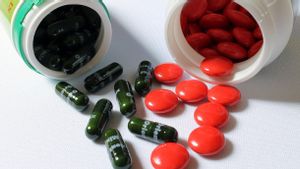The egg shell is a great additional fertilizer for most ornamental plants because it contains calcium carbonate, which strengthens the plant structure. In fact, all types of egg shells, either spotted, brown or white contain potassium and phosphorus, good nutrition for plant growth.
Frank McDonough, a botanical information specialist at the Shaketum of Los Angeles, recommends. Adds the egg shell that has been crushed to all types of plants in your home that use home compost as fertilizer.
Adding homecompost without eggshell is often too acidic for your vegetable plants. High acidity can reduce the ability of plants to absorb nutrients so that it has a bad impact on plants. Therefore, the addition of eggshells functions to neutralize the acid properties given by compost.
So, are you curious about how to use egg shells for plants? VOI follows the Reader's Digest page, Thursday, April 6, sharing some tips using the egg shell as the following plant fertilizer.
Because of its sturdy nature, the egg shell takes a long time to decompose. So that if you just put it around the plant, it can disturb the appearance of the plant itself. For this reason, alternatively use the egg shell as a liquid fertilizer. If the plant does not thrive or if you try to find ways to revive dead plants, the additional nutrients of the egg shell can help.
For information, the egg shell fertilizer cannot be directly utilized by plants. Plants take about four weeks to really absorb the nutrients. In addition, egg shell fertilizer is also not suitable for dealing with problems such as acute calcium deficiency, such as black and decaying fruit tips.
The English, Chinese, Japanese, Arabic, and French versions are automatically generated by the AI. So there may still be inaccuracies in translating, please always see Indonesian as our main language. (system supported by DigitalSiber.id)













